Charlie Chaplin’s Butte, America
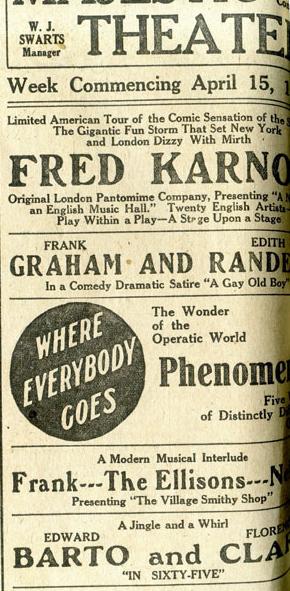
Charles Chaplin wrote in his autobiography that during his first tour of North America with a traveling comedy troupe, “the farther west we went the better I liked it.” These words were published in 1964, when Chaplin was 75 years old. The journey he was describing, which brought him to the East Coast by ship and then across the continent by train, began when he was 21 years old. Chaplin’s autobiography lingers on a particular stop along his tour, an American city which, even from the distance of a half a century on and a continent away, he was able to recall vividly: Butte, Montana.
Several years before he worked in motion pictures, he had traveled across the country with a comedy troupe led by the impresario Fred Karno, a major figure in the history of English music-hall performers and the man popularly credited with inventing the “pie in the face” gag. The theatrical company had begun their tour in the major metropolitan areas of the Eastern seaboard before taking their show to the American West. The spaces between the towns grew farther apart, and urban sprawl gave way to fields, and farms, rolling hills, deserts, and snowy mountains. Chaplin, more used to the environs of the United Kingdom, would admit that he sometimes found the “vast stretches of wild land… drear and somber,” though he also wrote that they “filled me with promise.” Ultimately, he reflected, “it is broadening. My outlook was larger.”
It is easy to imagine that for young Chaplin, who had surely read dime novels about the exploits of cowboys, bandits, and frontier heroes, Butte was a revelation.
The Mining City in 1910, Chaplin wrote, was still rough and tumble, “with miners wearing top boots and ten-gallon hats and red neckerchiefs.” He even witnessed a “fat old sheriff shooting at the heels of an escaped prisoner, who was eventually cornered in a blind alley without harm, fortunately.” He recorded the event, evidently with relish, as “gunplay in the street.”
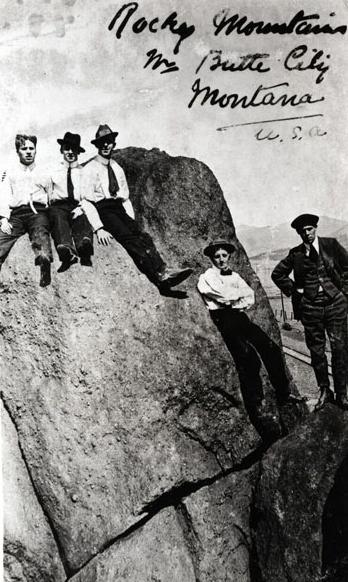
But the town was far from without culture. It had a wealth of theaters — 14 of them by 1917 — including the Broadway Theater, which contained the highest number of seats west of Chicago, and Maguire’s Grand Opera House, which underwent a frantic series of name changes in the early 20th century, becoming first the Orpheum, next the Majestic, and then the Empress before it would burn down in 1912.
The miners, cowboys, entrepreneurs, and working girls who paid their admission to see Charlie and the others perform on one of those evenings in 1911 would have seen a performance that would, later, be recognizable to fans of Chaplin’s Little Tramp. They would have enjoyed, well in advance of the nation at large, the same improbably graceful pratfalls, the same mixture of pathos and hilarity, that would make Charlie Chaplin the world’s biggest movie star less than a decade later. The show, called ”A Night at an English Music Hall,” adapted from a play called The Mumming Birds, would in fact be adapted, by Charlie himself, as a short film called A Night in the Show. Though the film was silent, the shows at the Majestic would not have been, ringing instead with the sound of laughter and the clinking of glass on glass.
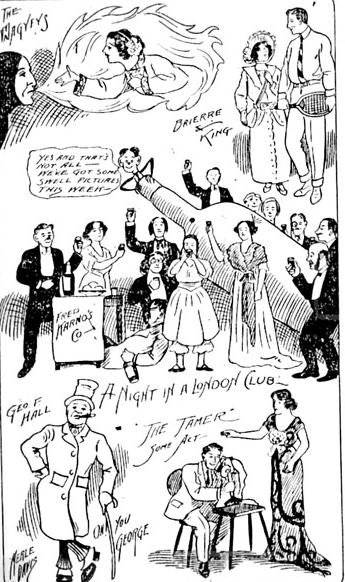
But it was another of Butte’s attractions on which Chaplin would remark in his autobiography. The Karno Company, many of whom were young men in alternating states of adventure-hungry and homesick, were fascinated by Butte’s legendary red-light district. Chaplin would remember later that “it consisted of a long street and several side streets containing a hundred cribs, where young girls were installed… for one dollar.” The boys in the Karno Company had frequented red-light districts across the country, but Chaplin remarked that “Butte boasted of having the prettiest women of any red-light district in the West, and it was true.”
In fact, the women employed in Butte’s brothels were a cut above in that they were better dressed as well. “If one saw a pretty girl smartly dressed, one could rest assured she was from the red-light quarter, doing her shopping.” Later, Chaplin would offer W. Somerset Maugham advice regarding a character in Maugham’s play Rain, about a lady of the evening in the South Pacific. The character, originally, had been made up “rather grotesquely, as I remember, with spring-side boots. I told him that no harlot in Butte, Montana, could make money if she dressed like that.” The soiled doves of Butte, Montana were memorable enough in Charlie’s estimation that he would bring them up to friends and acquaintances for years to come.
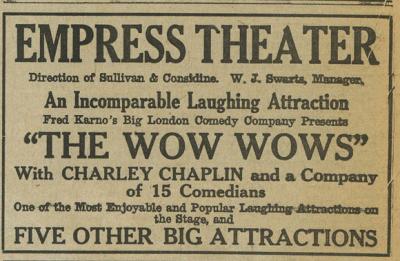
According to A.J. Marriott’s book Chaplin Stage by Stage, Chaplin’s first stay in Butte lasted six days, from the Saturday, April 15th through Friday the 21st of April. In between theatrical performances and wooing the city’s girls, Chaplin and his mates, including his then roommate Stanley Laurel, of Laurel and Hardy fame, saw the sights.
His autobiography doesn’t record what all they took in, but some photographs from the Chaplin archives tell us more. Two in particular are of interest. They show Charlie and his friends, nattily dressed to the nines, standing on the Continental Divide. Three of them, including Chaplin, are seated on a large rock. He appears to be making a comical face, or maybe just squinting into the light. The photograph is labeled, appropriately enough, “In Butte City, Montana.” And then, underneath, as if it were necessary to differentiate from all the other Buttes in the world, it reads “U.S.A.”
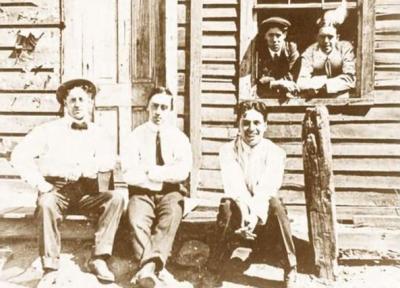
The Fred Karno Company’s vaudeville tour of the Americas would last until November of 1913, by which time Chaplin was thoroughly in love with America. Over the course of the company’s ramblings, Chaplin would visit Butte a total of four times. In fact, as the Chaplin Office of Paris, France informed me in an email, there is a good chance that the photos of Chaplin at the Continental Divide are believed to have been on different legs of the tour, suggesting that the English music-hall performers were so taken by the sight that they returned to see it again.
According to Chaplin’s writings, cities like Billings and Butte “throbbed with the dynamism of the future,” and the young man found himself “imbued with it.” Though he would return to England for a season in between the tours, he recorded that he “was not too upset at leaving the States” only because he “had made up my mind to return; how or when I did not know.” By 1914 he had done just that, joining the legendary comedy pioneer Mack Sennett, creator of the Keystone Cops, to work at his studios. Before long, he was directing his own pictures, and had moreover ironed out the details of his persona — the derby hat and the shabby suit, the shambling gate and the dignified sincerity of the Little Tramp.
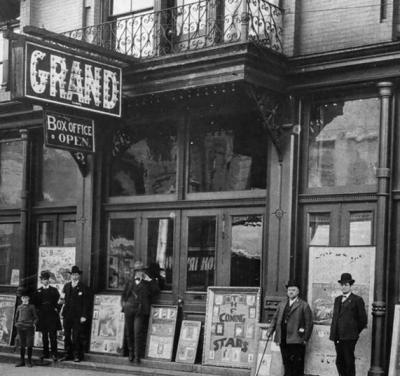
Butte, Montana had touched Chaplin, who in turn touched the world. Eventually, many of those 14 theaters would convert to cinemas in which were projected the flickering image of Charlie Chaplin’s films. Some of those laughing in the dark must have remembered, with pride, having seen him, maybe even met him, in person.
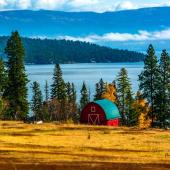
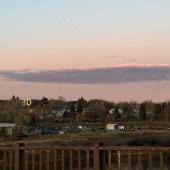
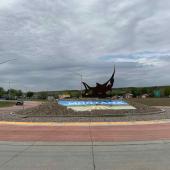
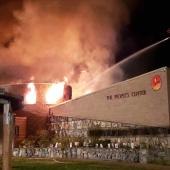








- Reply
Permalink